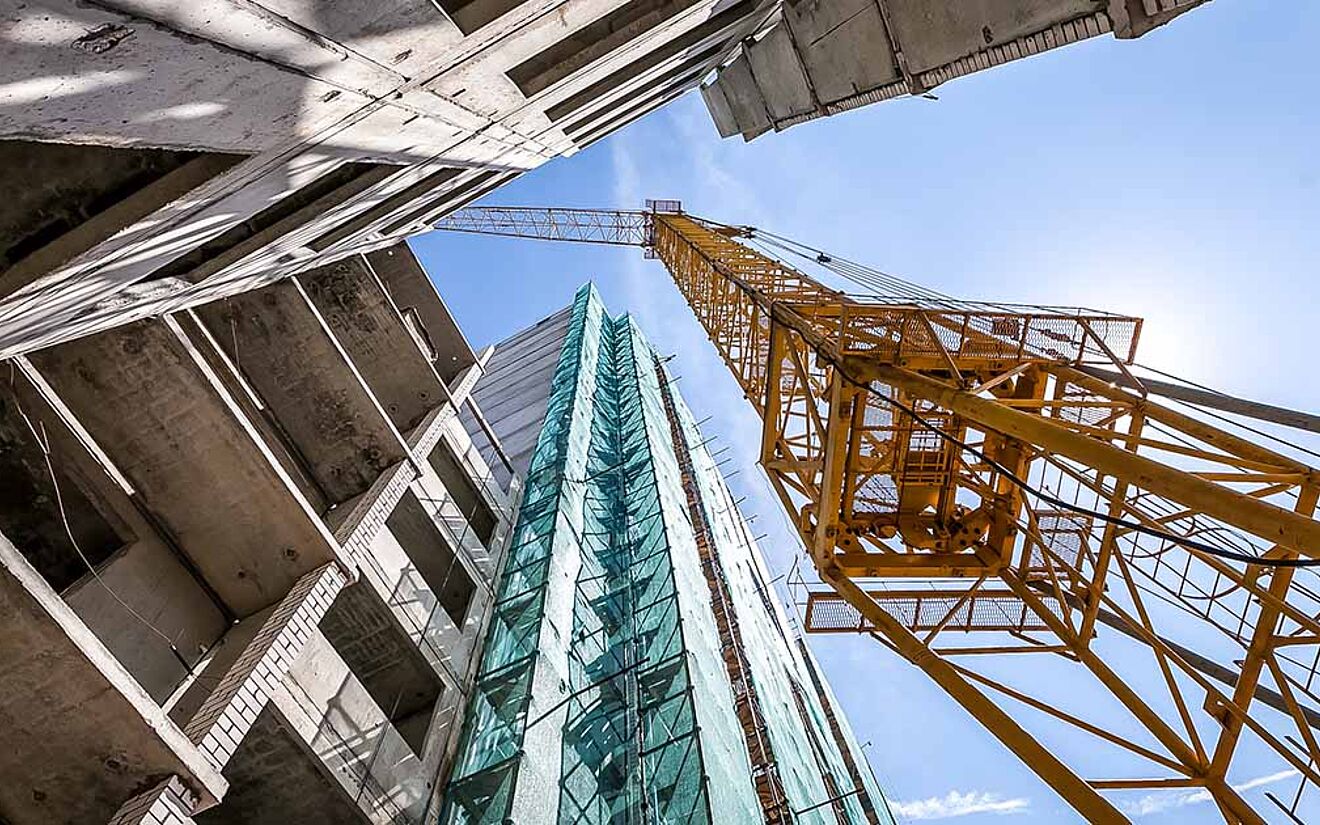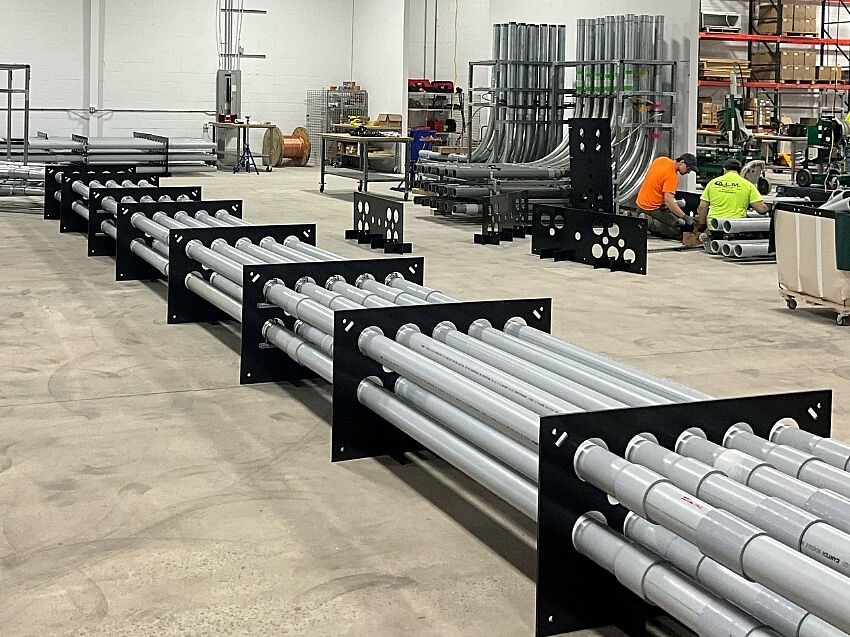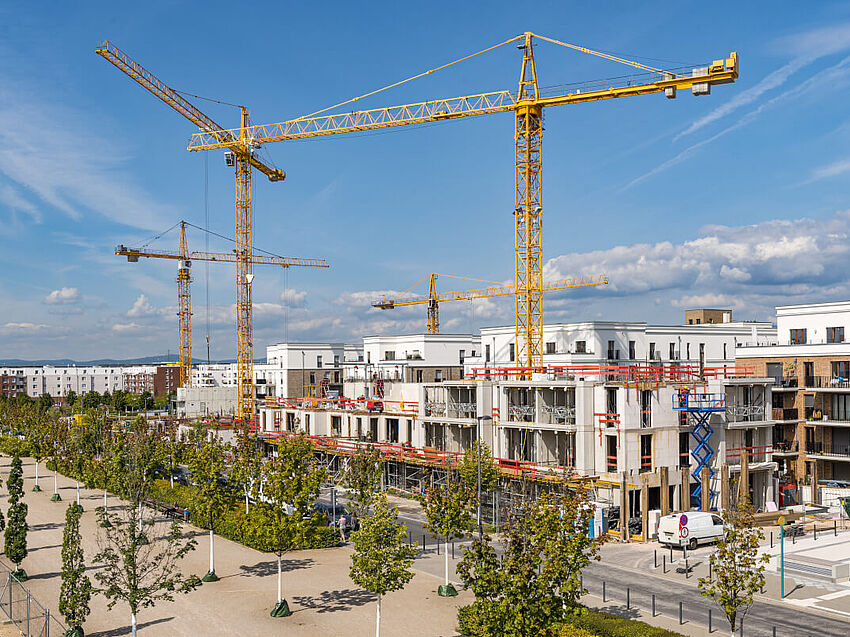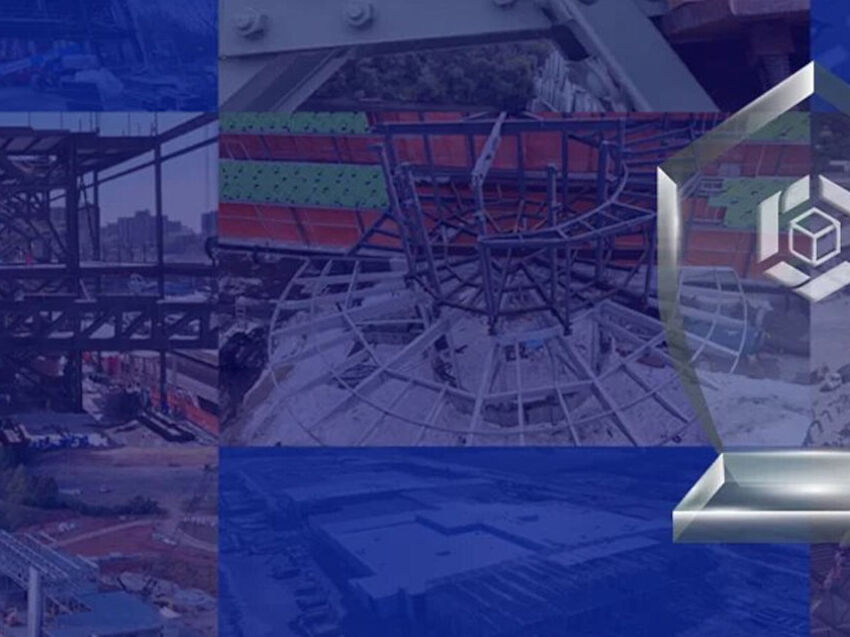The construction industry is at a crossroads. Rising costs, labor shortages, and the urgent demand for sustainable, efficient building approaches have made the traditional ways of constructing look a bit outdated. Enter Design for Manufacturing and Assembly (DfMA), a transformative approach that's reshaping how we design, fabricate, and assemble the built environment.
1) What Is DfMA? A Paradigm Shift for Construction
Design for Manufacturing and Assembly is more than a buzzword. It’s a fundamental shift in mindset: instead of designing buildings as one-off, bespoke projects, DfMA calls for integrating manufacturing and assembly requirements right from the earliest design phase. The goal? To make every component easier to produce, transport, and assemble—cutting waste, reducing errors, and accelerating timelines.
Originally pioneered in industries like automotive and consumer goods, DfMA’s principles are now being adapted for construction, especially in industrialized prefabrication and modular construction. This ensures more building components are manufactured in controlled factory settings and then assembled on-site, leading to higher quality and fewer headaches during installation.
Industrialized prefabrication involves manufacturing components like steel frames or precast concrete walls in a factory, then delivering them to the jobsite for installation. This approach is already transforming how warehouses, data centers, or residential complexes are built. Discover three inspiring case studies that show how aesthetic, versatile, and sustainable precast concrete can be:
Modular construction takes it a step further: entire sections of a building (or even whole rooms) are manufactured as modules, shipped to site, and then assembled. This method has proven especially effective for projects requiring speed and scalability, such as hospitals, hotels, or social housing.
2) Why DfMA Matters: The Benefits You Can’t Ignore
The advantages of the DfMA concept are compelling for every stakeholder in the AEC ecosystem:
> Shorter Schedules: Prefabrication and streamlined assembly mean projects get built faster, with fewer delays.
> Higher Quality: Factory environments allow for tighter quality control, reducing rework and on-site errors.
> Greater Safety: Less time spent on-site and more work done in controlled environments reduces risks for workers.
> Sustainability: DfMA promotes resource-efficient design, less waste, and lower energy consumption.
> Cost Predictability: Standardized components and digital workflows make it easier to forecast and control costs.
> Collaboration: Early involvement of architects, engineers, contractors, and fabricators fosters a shared understanding and smoother project delivery.
3) Technology: The Backbone of DfMA
Digital tools are essential for making DfMA a reality. Advanced AEC-software enables teams to design with manufacturing and assembly in mind, coordinate across disciplines, and generate precise data for off-site production.
Key capabilities include:
> 3D modeling for accurate quantity takeoff and cost planning
> Extensive quality checks already in the design phase
> Cloud-based platforms for real-time collaboration and logistics management
> Integration with manufacturing execution systems (MES) for seamless data flow from design to production to installation
> Automated generation of precise production data
Your software should break down data silos, ensure that changes are reflected across all plans and production data, and enable true end-to-end traceability. Is your current AEC software ready for DfMA? Use this free checklist with 10 criteria to find out.
4) How ALLPLAN supports the DfMA Approach
In short, DfMA is about making the right decisions at the right time during construction projects. ALLPLAN's "Design to Build" philosophy provides architects, engineers, and construction professionals with the necessary tools and information to make data-driven decisions early on. From the initial design concept to detailed production and assembly planning, every phase of the process can be managed and coordinated productively through our AEC software solutions. This enables seamless collaboration and ensures an efficient flow of information between all disciplines.
What does "Design to build" mean for ALLPLAN:
> Tools and information for earlier data-driven decision-making and better results.
> To automate standardized design tasks, cover digital manufacturing processes and DfMA.
> Leveraging BIM models across the project to drive procurement, fabrication, QA/QC, and construction.
ALLPLAN thus pursues an integrated, digital approach that supports AEC professionals in delivering buildings and infrastructure projects more productively, safely and eco-consciously.
5) The Road Ahead: DfMA as a Competitive Advantage
The future of construction is industrialized, digital, and collaborative. Market analysts predict that DfMA and modular construction will see double-digit growth in the coming years, predicting a 10% increase in DfMA between 2024 and 2027. As regulations tighten and clients demand greener, faster, and more reliable delivery, companies that embrace DfMA will be best positioned to thrive.
Ready to Dive Deeper? Our comprehensive and free eBook, "Unlocking the Secrets of DfMA: The Ultimate AEC Guide", is your next step.




